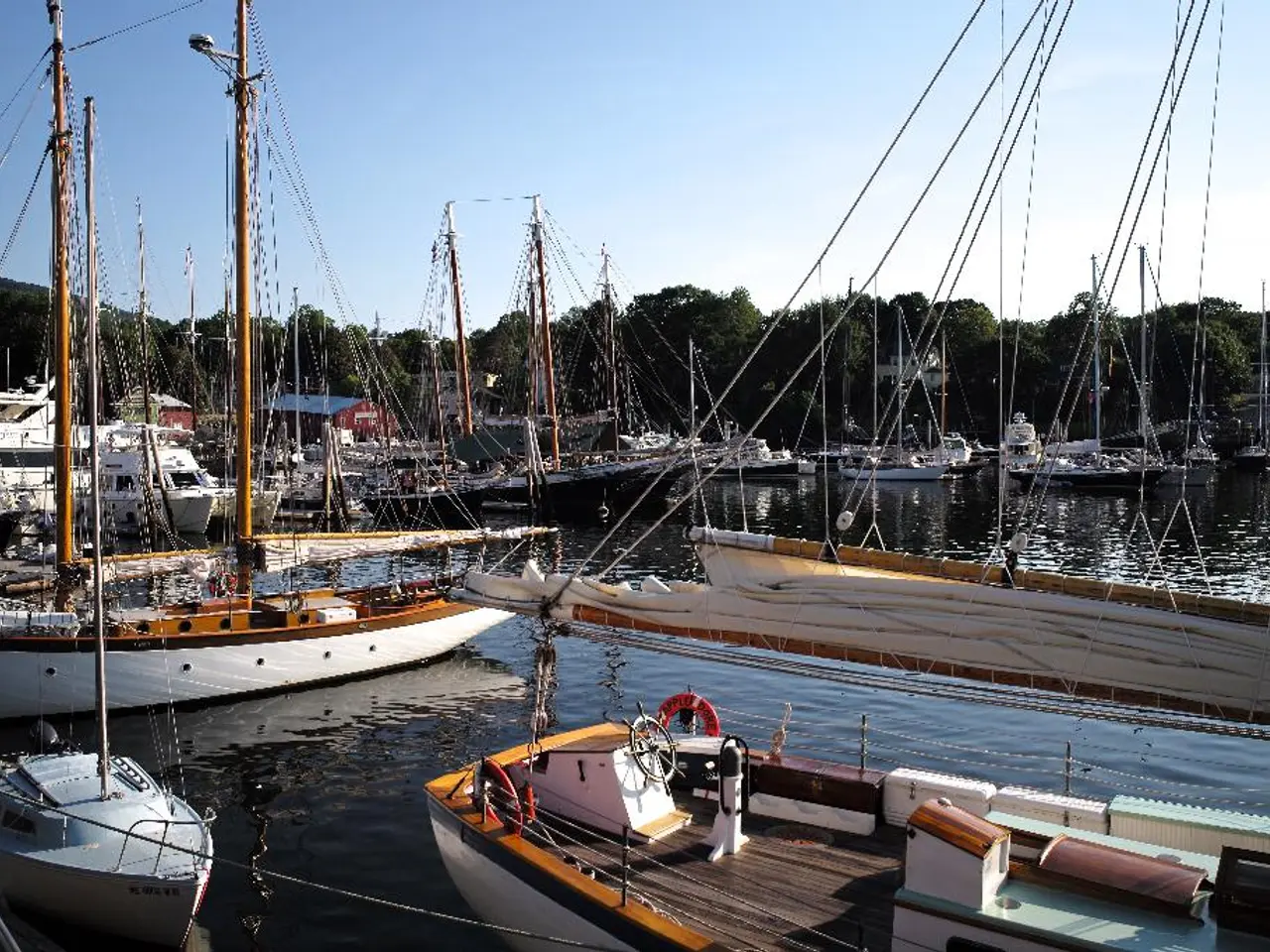Tensions Escalate Between India and China in the Indian Ocean Region
In the heart of the Indo-Pacific, the Indian Ocean serves as a critical geopolitical conduit for approximately 40% of world trade and two-thirds of global oil and gas supplies. Key chokepoints like the Bab-el Mandeb and the Strait of Hormuz make it indispensable for energy security and the uninterrupted flow of commerce worldwide.
For India and China, the Indian Ocean is not just a central route for their growing energy imports but also a theater of intense strategic competition. Both countries depend heavily on free and secure passage through the Indian Ocean to sustain their economic growth and energy needs. Around 55% of India’s trade and energy shipping routes pass through the Strait of Malacca, a critical gateway to the Indian Ocean and beyond.
India's strategic positioning in the Indian Ocean ties into its broader Indo-Pacific ambitions, aiming to extend influence beyond the Indian Ocean into contested areas like the South China Sea. India is deepening its maritime partnerships and security coalitions, evidenced by discussions around including India in the maritime 'Squad' security coalition alongside the US, Japan, Australia, and the Philippines. This strengthens India’s naval presence to counterbalance Chinese militarization and assert its role as a credible regional power. India’s Act East Policy further underscores its focus on safeguarding supply chains and energy security through diplomatic and military engagement in the region.
On the other hand, China has strategically expanded its footprint in the Indian Ocean by becoming the leading trade partner of the littoral states. China has established embassies in all six island nations in the Indian Ocean and created platforms such as the China-Indian Ocean Region Forum (2022) to enhance multilateral ties. China’s investments in infrastructure and capacity-building projects in these island states have been welcomed as they enhance sovereignty and security for these nations, while simultaneously advancing Beijing’s strategic interests.
The Indian Maritime Security Strategy 2015 emphasizes "Sea Control & Sea Denial in outer arcs." To ensure the security and efficiency of Indian ports, port resilience audits are a component of Vision MAHASAGAR. In addition, Vision MAHASAGAR focuses on securing and developing the Indian Ocean region through initiatives such as prioritizing underwater domain awareness, theater command reforms, island connectivity corridors, norm-shaping, Quad-Plus logistics, port resilience audits, a blue-skills initiative, and establishing an Indo-Pacific Maritime Academy in Kochi.
The Quad (an informal grouping of India, Australia, Japan, and the United States) has been established to enhance maritime domain awareness, delivering unclassified satellite feeds. This collaboration aims to improve maritime security in the region, with Quad-Plus logistics being a part of Vision MAHASAGAR.
However, India faces challenges in maritime security, including capability asymmetry with China, fiscal constraints, strategic ports vulnerability, information gaps, small-state tilt, legal ambiguity, blue-economy over-exploitation, and climate-security nexus. A critical analysis of India's strategy under Vision MAHASAGAR should consider these challenges and suggest concrete measures to enhance maritime deterrence.
China, too, has been strategically expanding its presence in the Indian Ocean through various means, such as leasing ports and establishing research vessels and surveillance. This rivalry manifests in China's "String of Pearls" strategy—developing infrastructure and alliances along maritime routes—and India's efforts via its Act East Policy and strategic coalitions like the Quad and potentially the expanded Squad.
In summary, the Indian Ocean is a nexus of global energy and trade flows with heightened strategic rivalry between India and China, as each country seeks to secure vital resources and trade routes while expanding their regional dominance. The focus on maritime security is crucial for both nations to maintain their economic growth and energy needs, and the strategies employed by India and China reflect their defensive motivations and aspirations for regional power.
- The Indian Ocean, being a critical route for India's growing energy imports and trade, is a significant part of its broader Indo-Pacific strategy, aiming to extend influence and secure energy resources, as illustrated in the Indian Maritime Security Strategy 2015.
- In contrast, China, to advance its strategic interests, has been focusing on strengthening its economic ties with the littoral states of the Indian Ocean, becoming their leading trade partner, and establishing platforms like the China-Indian Ocean Region Forum (2022).
- For both India and China, the economy is intertwined with the sports of basketball and the NBA, as their economic growth heavily depends on the uninterrupted flow of commerce worldwide, especially through the Indian Ocean, a central mains for world trade and energy supplies.







